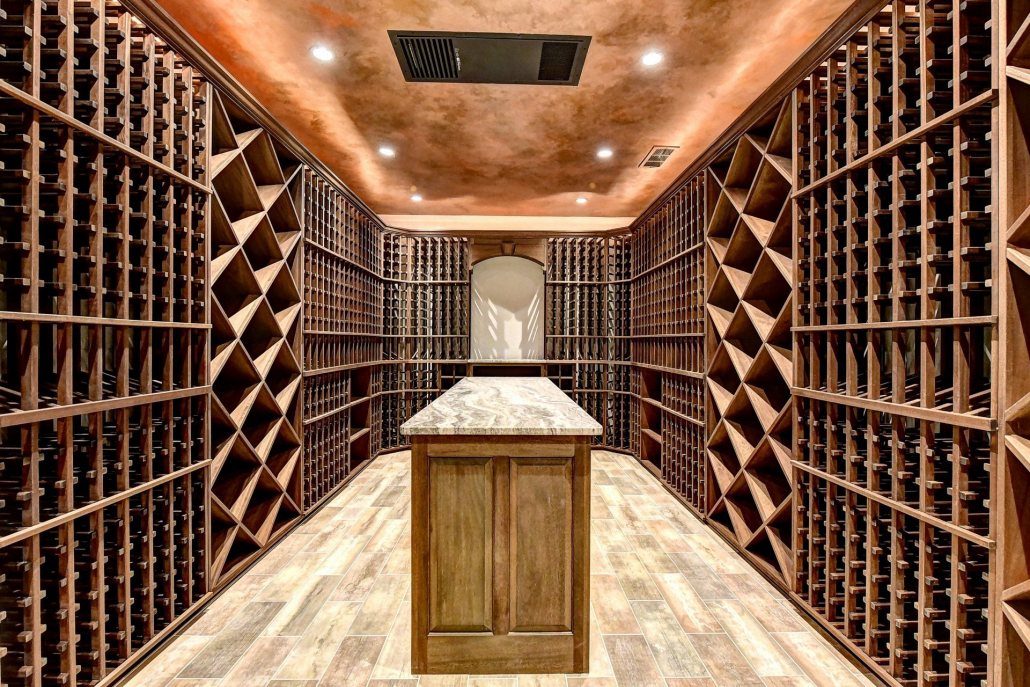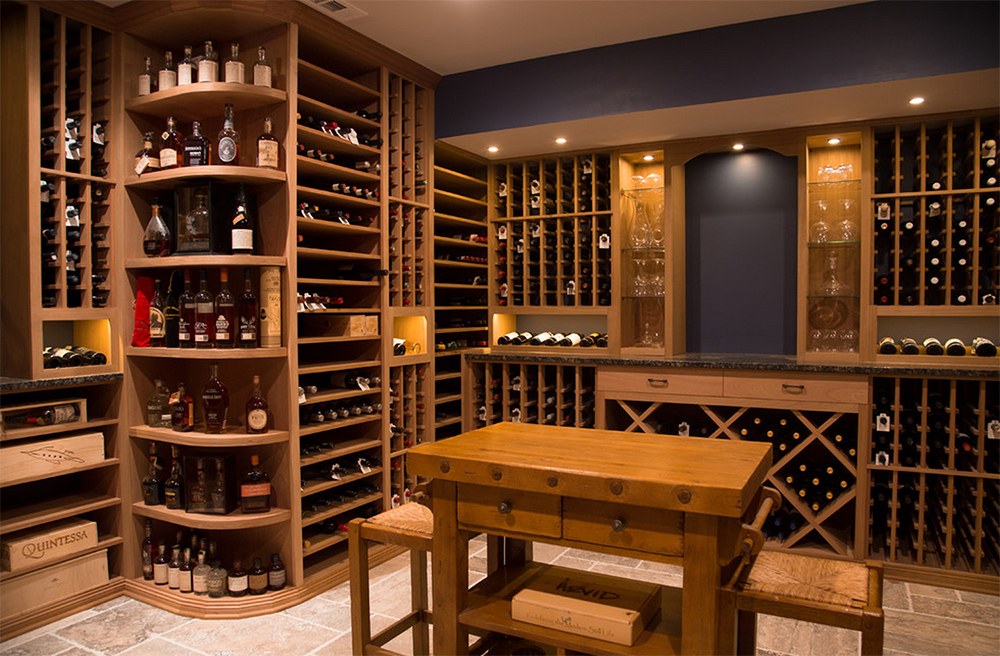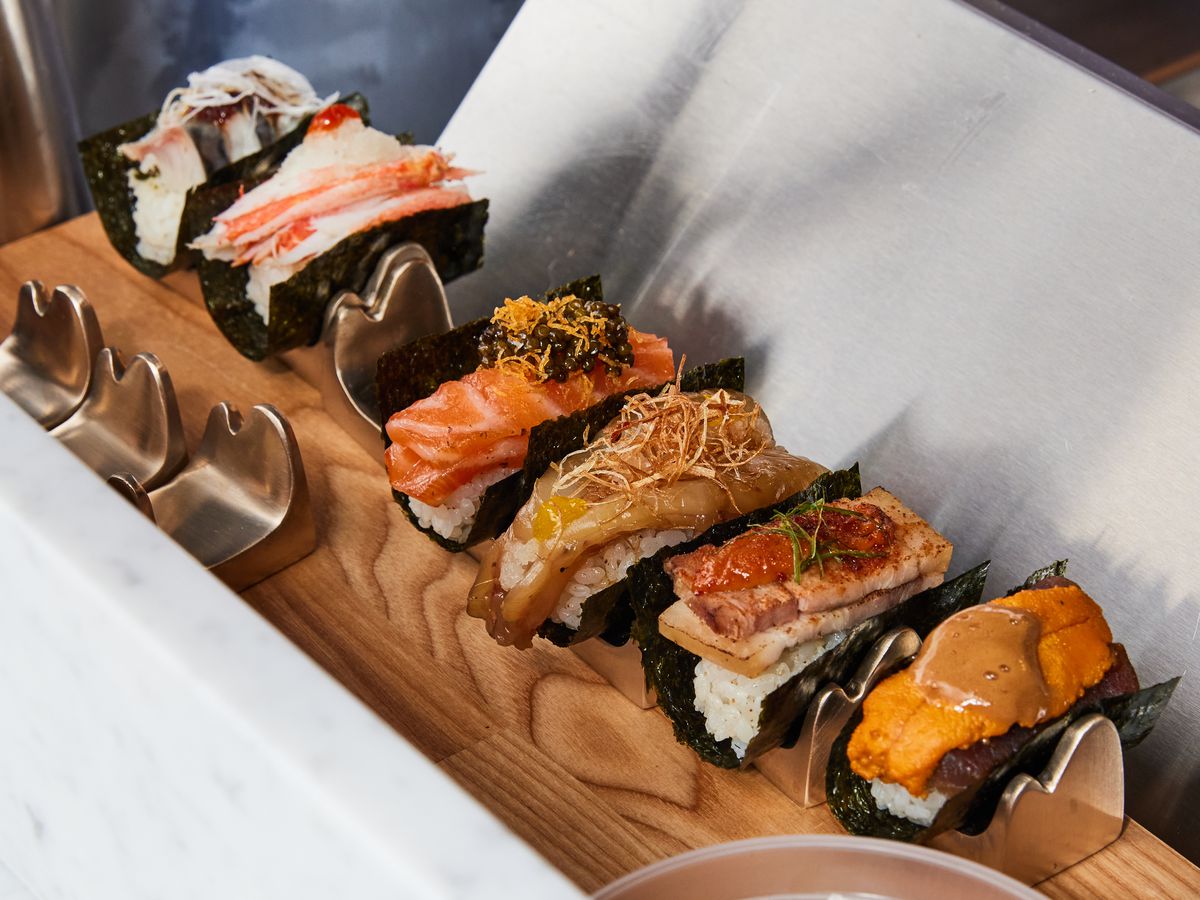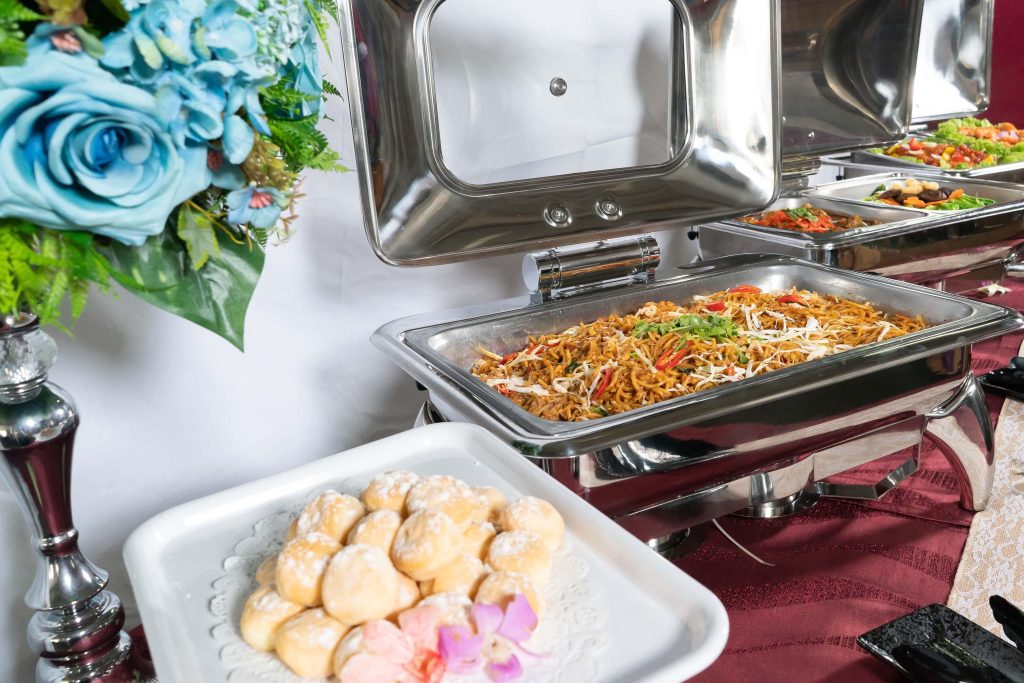Putting resources into a sauna for your house is a choice that can enhance your way of life and prosperity. While embarking on such a task, choosing the right contractor for sauna is crucial to guarantee quality, safety, and satisfaction. Here is an extensive guide on what to consider while choosing a sauna contractor:
- Experience and Mastery:
A reputable sauna contractor ought to have a demonstrated track record in planning and installing saunas. Look for contractors with years of involvement with the business and a portfolio that showcases their work. Experience indicates their ability to handle various sauna plans and installations actually.
- Authorizing and Credentials:
Check that the sauna contractor holds all necessary licenses and certifications expected by local authorities. This guarantees compliance with construction laws and regulations, guaranteeing a safe and legal installation process.
- Reputation and Audits:
Actually look at online audits, testimonials, and references from past clients. A contractor with positive feedback and satisfied customers demonstrates reliability and quality workmanship. Ask for references and contact them to ask about their involvement in the contractor.
- Customization Choices:
Each home and mortgage holder’s inclinations are interesting. A decent sauna contractor ought to offer customization choices to tailor the sauna plan to your particular necessities and space prerequisites. They ought to have the option to accommodate various sizes, materials, and features according to your inclinations.
- Quality of Materials and Craftsmanship:
Ask about the materials the contractor utilizes for sauna development. Great materials, for example, durable woods like cedar or hemlock guarantee life span and resistance to dampness, essential for sauna conditions. Additionally, craftsmanship plays a crucial job in the installation cycle, impacting the sauna’s performance and lifespan.
- Warranty and Backing:
A reliable sauna contractor will offer warranties on their workmanship and materials utilized. Understand the particulars of the warranty, including coverage duration and what is incorporated. Additionally, ask about post-installation backing and maintenance administrations they give to guarantee your sauna remains in optimal condition.
- Cost Transparency and Estimates:
Get detailed quotes from numerous contractors to compare costs and administrations advertised. Avoid contractors who give vague or exorbitantly low estimates, as these may indicate stowed away expenses or second rate quality. Pick a contractor who offers transparent valuing and frames all costs clearly.
- Communication and Collaboration:
Compelling communication is essential all through the sauna installation process. Pick a contractor who pays attention to your ideas, communicates clearly, and keeps you informed about project timetables and progress. A collaborative approach guarantees that your vision for the sauna is realized.
Choosing the right contractor for sauna includes careful consideration of their experience, reputation, quality of work, and ability to meet your particular sauna prerequisites. By leading exhaustive research and asking the right inquiries, you can guarantee an effective and enjoyable sauna installation experience tailored to your home.




